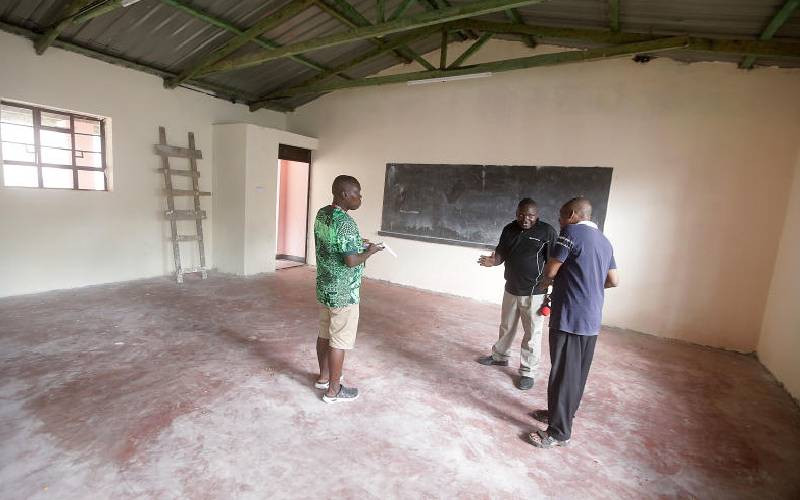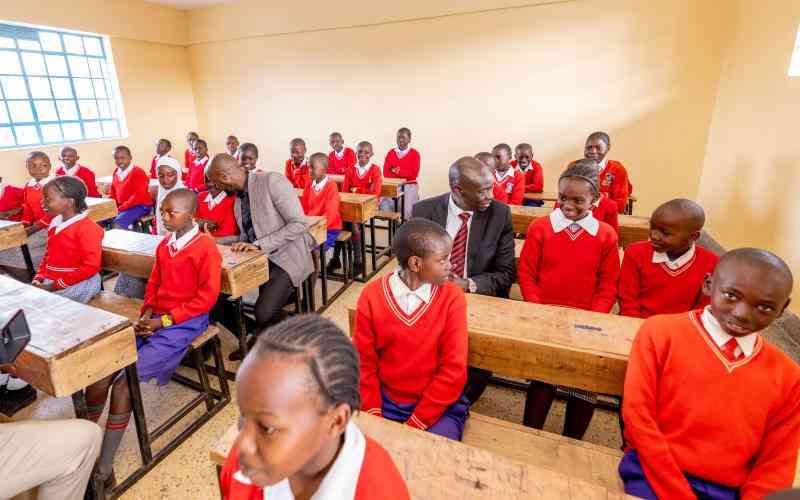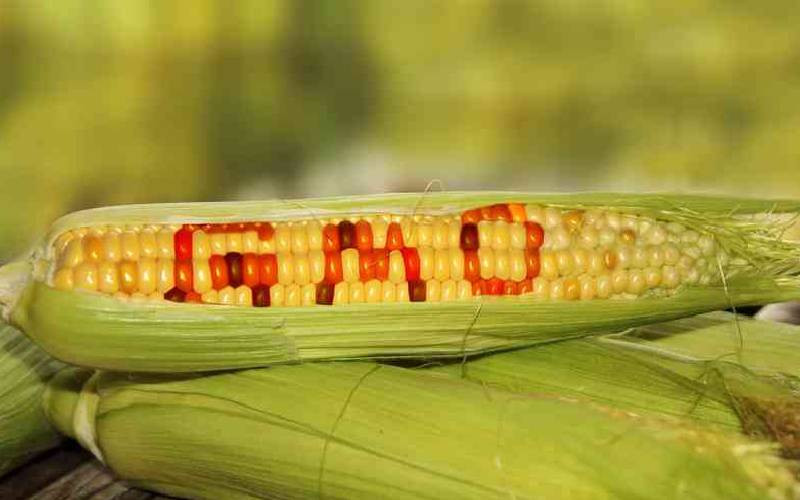 |
|
MPs change rules on sharing kitty for poor |
By PAUL WAFULA
Kenya: Legislators have changed the distribution formula for allocating Sh12.3 billion to the poor in what may see the most deserving cases miss out.
The distribution formula preferred by MPs ignores an earlier model that relied on indicators of poverty as released by the government in two of its major reports. It means that the poorest counties will still have the poorest people, while the wealthier ones race further ahead, worsening inequality in Kenya.
Seeking to score political points with their constituents, politicians demanded the funds be allocated equally across board, departing from a nuanced criteria designed to meet the most extreme needs in the nation, which had been used during the pilot phase of the initiative.
On the face of it, the new formula assumes that all the constituencies have uniform poverty levels, the same number of orphans, elderly and vulnerable children. However, available data disputes this. Different constituencies have varying degrees of poverty and different burdens of the food poor, elderly, orphans and vulnerable children.
Collating of these numbers at county levels paints a clearer picture of how skewed this formula is after the most deserving counties — those with the largest burden of the poorest and most vulnerable populations — ended up being short-changed by the formula.
Monthly stipend
Kenya has had a fund meant for the poor and vulnerable population since 2007 in which beneficiaries get a Sh2,000 monthly stipend to cover food and medical needs. Until this year, the safety net cash transfer programme has been on a pilot phase, but with an additional Sh22 billion this year from the Word Bank, it will be scaled up to cover all the 290 constituencies.
It targets the elderly, people living with disabilities, the food poor, orphans and vulnerable children.
In a sharing plan seen by The Standard, politicians have struck a deal with the national secretariat implementing the programme to distribute available slots using a formula that will have constituencies, also known as sub-counties, to have almost equal numbers of beneficiaries without considering poverty levels and other indicators such as population, HIV prevalence, and distribution of orphans and people living with disabilities, to determine who deserves more or less.
The breakdown shows that about 400,000 households will benefit from the fund this financial year. Lamu County’s poor have emerged the biggest winners while Mandera became the biggest loser. This is because Lamu is set to have 6.4 per cent of its poor and vulnerable population on the programme this year, compared to Mandera’s 0.8 per cent.
The sharing plan from the Labour ministry shows that Sh8 billion will go to 253,310 orphans across the 290 constituencies, Sh3 billion will be disbursed to the elderly while people living with severe disabilities and the poor people in urban areas will take Sh770 million and Sh580 million respectively.
The programme will use 15 per cent of the whole kitty, which translates to Sh1.8 billion, on operations. Beneficiaries receive Sh4,000 after every two months through the countrywide outlets of the Postal Corporation of Kenya.
But this breakdown is yet to factor in the Sh22 billion ($250 million) concessional loan from the World Bank meant for cash transfers to poor households. If this is brought on board, the number of beneficiaries is expected to double to 800,000. The loan was tied to a condition that the Treasury releases its portion of Sh13.5 billion to the Ministry of Labour. Already the government has cut its allocation to Sh12.5 billion.
Although Lamu County will have a total of 2,338 vulnerable households on the Sh2,000 monthly stipend, a breakdown of the numbers in relation to the population of the poor has seen the coastal county beat Nairobi and the rest of the country.
Stay informed. Subscribe to our newsletter
According to Ms Winnie Mwasiaji, the national co-ordinator for the Social Protection Secretariat, when MPs pushed to amend the distribution formula, it was proposed that the 290 constituencies share 30 per cent of all the available slots equally. The remaining 70 per cent would then be used for equalisation, where those with the least were to get more to bring them at par with the rest.
But this did not satisfy the MPs. The formula was further amended to 40:60, increasing what all counties will get by 10 per cent and reducing the equalisation kitty by a similar margin.
The result of this is that a constituency like Nyeri town, which has 471 orphans on the program will receive an extra 103 that all the 290 constituencies will get this year. It will then receive equalisation slots for 205 more beneficiaries to bring the number to 779.
Similarly, Tetu constituency which has 487 children on the program already will also get slots for 103 orphans and an additional 189 from the equalisation slot to bring this number to 779, at par with its neighbouring Nyeri town constituency.
From June to December last year, no money had been released to the beneficiaries identified in the 2012-2013 financial year.
Said Ms Mwasiaji: “Parliament wanted us to share the slots equally across board. The delay was mainly because Parliament wanted to see the list of beneficiaries before they approve. But now we have agreed and we hope to roll it out in January.”
“In the new formula that the MPs agreed to, 40 per cent of the slots will be distributed equally and 60 per cent will be for equalisation where the sub counties that have fewer eligible persons will be brought at par or as close as possible with the rest,” she said.
The same formula will be used to calculate how many people living with disabilities will be recruited in each constituency.
Choked by bureaucracy
Labour Cabinet Secretary Kazungu Kambi said the government is now ready to roll out the entire programme, which is being choked by bureaucracy and slow disbursement to the rest of the country.
“We have been accused of not spending the money but now we are ready. We are also looking at suggestions that we use mobile money transfer services as a means to pay the beneficiaries but this will wait until the necessary structures are put in place,” Mr Kambi said. To qualify, households must have a person with severe disability, elderly, hungry, orphans or vulnerable children.
Other eligibility conditions for one to be enlisted on the programme are that the households must be poor, the beneficiary household must not be enrolled in any other cash transfer programme, a member of the household must not be receiving any pension and regular income and no member of the household should be in any gainful employment.
“We are also planning a fresh vetting exercise to ensure that we retain on our register only the most deserving cases,” Mr Kambi said.
Orphans and vulnerable children will take the biggest chunk of the money. About 253,310 are set to benefit this year, and this translates to 64 per cent of the total beneficiaries.
The elderly, who account for 23 per cent of the beneficiaries, will be the second biggest group of beneficiaries, with a total of 93,147 households listed. People with severe disability and the urban poor take the remaining portion of the pie.
The distribution has been broken down by constituencies. Some of the 290 constituencies who did not have any beneficiary will in coming weeks recruit beneficiaries of the cash transfer programmes for orphans and vulnerable children, persons with severe disabilities and older persons of 65 years and above. Those constituencies with less have also been given extra slots to bring them at par with the rest.
On its part, the urban food subsidy programme that was being implemented on a pilot basis in Mombasa in four constituencies – Mvita, Changamwe, Likoni and Kisauni covering 10,000 households – will be scaled up to cover Nairobi and Kisumu towns.
According to the government plan, 4,000 urban poor in Nairobi will be recruited this year, and another 4,000 will be enlisted in Kisumu.
[email protected]
 The Standard Group Plc is a
multi-media organization with investments in media platforms spanning newspaper
print operations, television, radio broadcasting, digital and online services. The
Standard Group is recognized as a leading multi-media house in Kenya with a key
influence in matters of national and international interest.
The Standard Group Plc is a
multi-media organization with investments in media platforms spanning newspaper
print operations, television, radio broadcasting, digital and online services. The
Standard Group is recognized as a leading multi-media house in Kenya with a key
influence in matters of national and international interest.
 The Standard Group Plc is a
multi-media organization with investments in media platforms spanning newspaper
print operations, television, radio broadcasting, digital and online services. The
Standard Group is recognized as a leading multi-media house in Kenya with a key
influence in matters of national and international interest.
The Standard Group Plc is a
multi-media organization with investments in media platforms spanning newspaper
print operations, television, radio broadcasting, digital and online services. The
Standard Group is recognized as a leading multi-media house in Kenya with a key
influence in matters of national and international interest.









